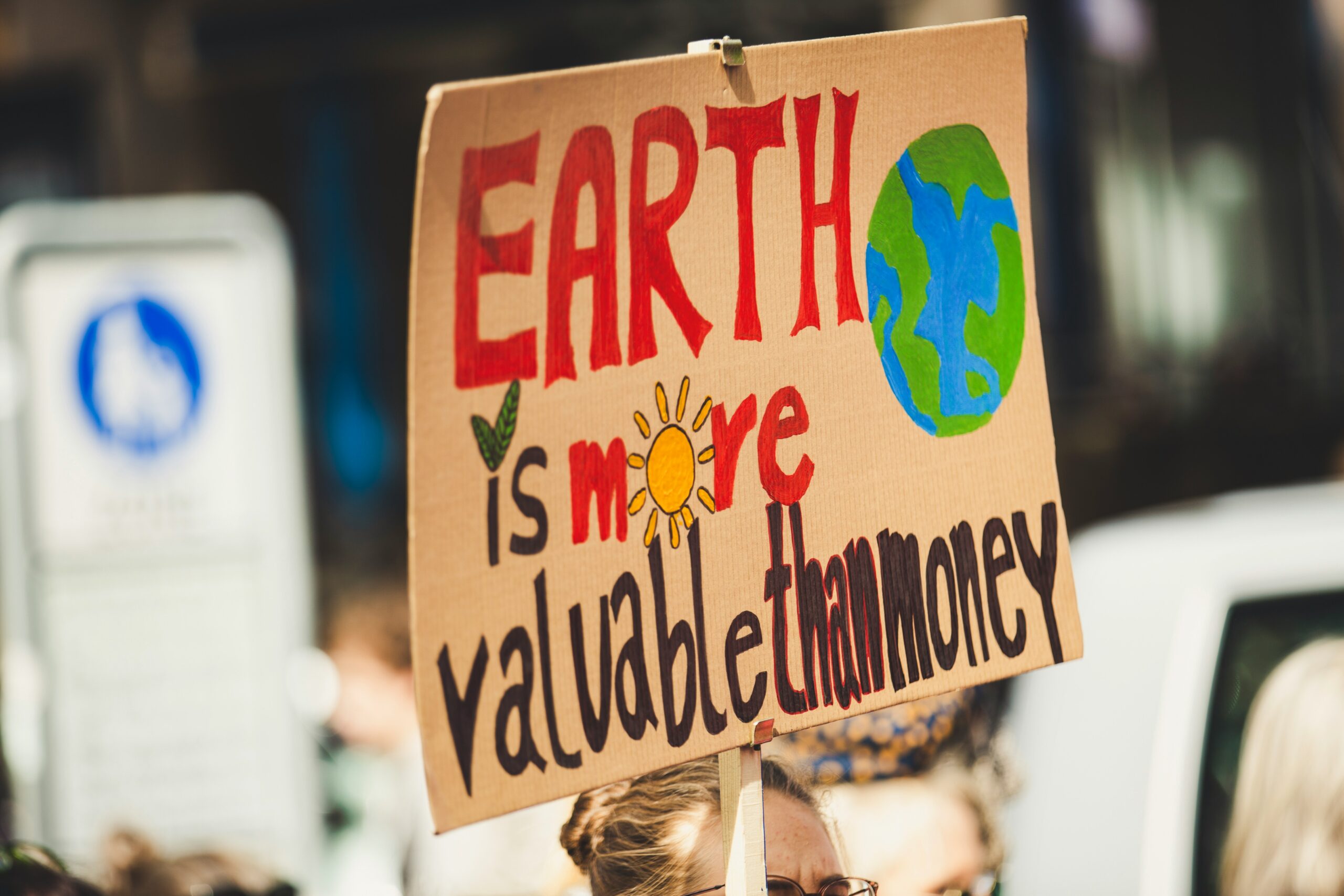

Introduction to Global Population Trends
The world is experiencing a demographic shift that’s reshaping societies, economies, and our environment. Each year, billions of people contribute to a complex tapestry of cultures and lifestyles. But what do the numbers really mean? As population figures climb into the stratosphere, understanding global trends has never been more crucial.
From bustling urban centers teeming with life to rural areas facing decline, these changes prompt vital questions: How are we managing resources? What challenges lie ahead in terms of sustainability? And how does an aging populace influence innovation and workforce dynamics?
Dive into the intricacies of global population trends as we unravel the factors at play. Together, we’ll explore what these shifts mean for our planet and future generations.
Factors Affecting Population Growth
Population growth is influenced by a myriad of factors. Economic conditions play a crucial role. In wealthier nations, people tend to have fewer children due to higher living costs and career priorities.
Cultural norms also shape family size. Societies that value large families often see higher birth rates. Conversely, in cultures focused on individual achievement, smaller families are the norm.
Access to healthcare significantly impacts population dynamics too. Areas with better medical facilities experience lower mortality rates and longer life expectancies. This can lead to rapid population increases.
Education levels matter as well. Improved education for women correlates with delayed marriage and childbearing, leading to slower growth rates.
Government policies also influence trends directly through initiatives like family planning programs or incentives for larger families, showcasing the complexity of this global phenomenon.
The Impact of Overpopulation on the Environment
Overpopulation poses significant threats to our environment. As more people inhabit the planet, the demand for resources intensifies. Water, food, and energy become strained under increasing pressure.
Deforestation often follows population growth as land is cleared for agriculture and housing. This leads to habitat destruction, endangering countless species. The loss of biodiversity disrupts ecosystems that are vital for a balanced environment.
Urban areas expand rapidly, resulting in pollution from vehicles and industries. Air quality diminishes as cities struggle to accommodate their inhabitants without proper infrastructure.
Waste management becomes another challenge. More people generate increased waste, leading to overflowing landfills and polluted waterways. These issues highlight the urgent need for sustainable practices.
Climate change also escalates due to overpopulation-related activities like fossil fuel consumption and industrialization. Each additional person contributes to greenhouse gas emissions.
Addressing these challenges requires collective action from individuals, communities, and governments alike.
Aging Population: Challenges and Opportunities
The aging population presents a dual-edged sword. On one side, it raises significant challenges for healthcare systems and social services. As more individuals reach retirement age, the demand for medical care escalates. This shift stresses resources that may already be stretched thin.
However, an older demographic also brings unique opportunities. Seniors often possess a wealth of experience and skills that can benefit society in various ways. Their involvement in mentorship programs or community initiatives fosters intergenerational connections.
Moreover, industries focused on elder care are rapidly evolving. Innovations in technology and services tailored to seniors create new jobs and economic growth potential.
As we navigate this demographic transition, embracing the strengths of an aging populace could lead to enriching outcomes—for both individuals and communities alike. The key lies in adapting our structures to support this invaluable group fully.
Regional Differences in Population Growth
Population growth varies significantly across different regions. In some areas, such as sub-Saharan Africa, the birth rate remains high. Cultural factors and economic conditions often contribute to this trend.
Conversely, many developed nations experience stagnant or declining populations. Countries like Japan and Italy grapple with low fertility rates. This shift can strain social services and healthcare systems.
Emerging economies show mixed results. India’s population continues to rise rapidly, while China faces challenges due to its aging demographic after years of strict policies.
Urbanization also plays a crucial role in these differences. Megacities attract people seeking better opportunities; rural areas may see a decline as younger generations migrate towards urban centers.
Each region’s unique blend of cultural, economic, and policy influences creates a complex landscape for understanding global population dynamics.
Conclusion
Understanding global population trends is crucial in today’s world. As we navigate through the complexities of these numbers, it becomes clear that they hold significant implications for our future.
The rapid growth in certain regions calls for immediate attention to sustainable practices and resource management. On the other hand, areas facing declining populations face their own set of challenges that require innovative solutions.
Balancing these dynamics will take collaboration across nations and sectors. By acknowledging both the opportunities and obstacles presented by varying demographic shifts, we can work towards a more equitable and sustainable future for all.
The conversation around population trends isn’t just about statistics; it’s about people, communities, and ultimately the planet we share together.
